GUARD Archaeologists have discovered a hitherto unknown Roman marching camp that was constructed during the Roman conquest of Scotland, new publications reveal.
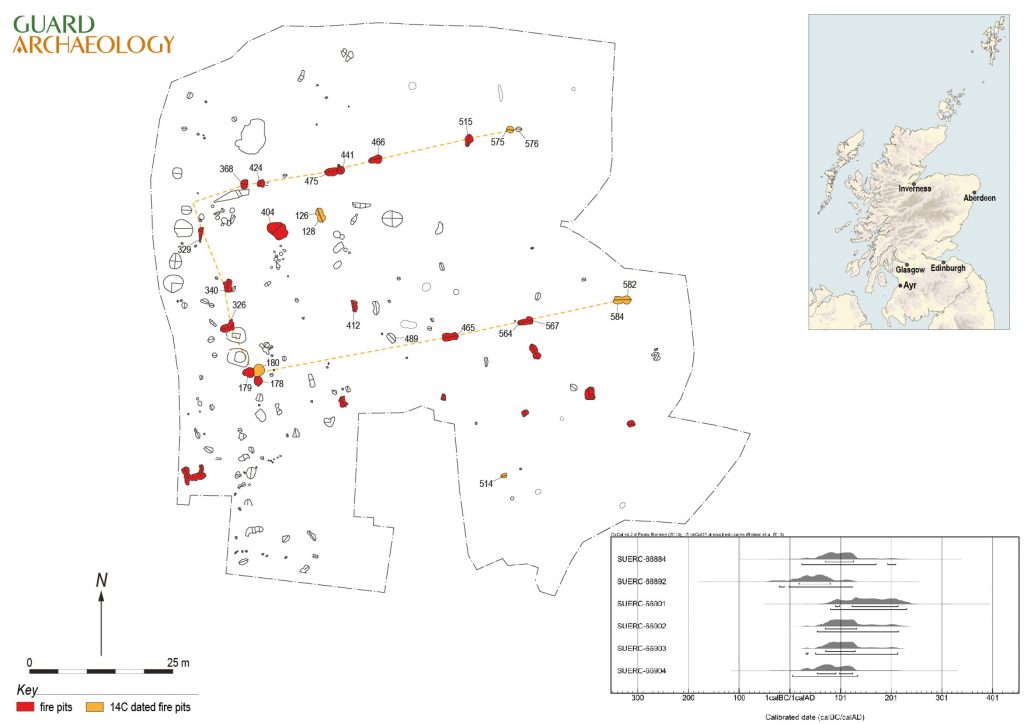
The discovery was made during archaeological excavations undertaken by GUARD Archaeology prior to the building of the new Ayr Academy in 2015. At the time it was not obvious that a Roman camp had been found, because there were no Roman artefacts present, only fragments of much earlier Neolithic pottery and an Iron Age bangle from a seemingly random spread of pits and post-holes. However, during the subsequent post-excavation analyses, radiocarbon dates revealed a regular pattern of features that date to the Roman conquest of Scotland in the latter part of the first century AD.
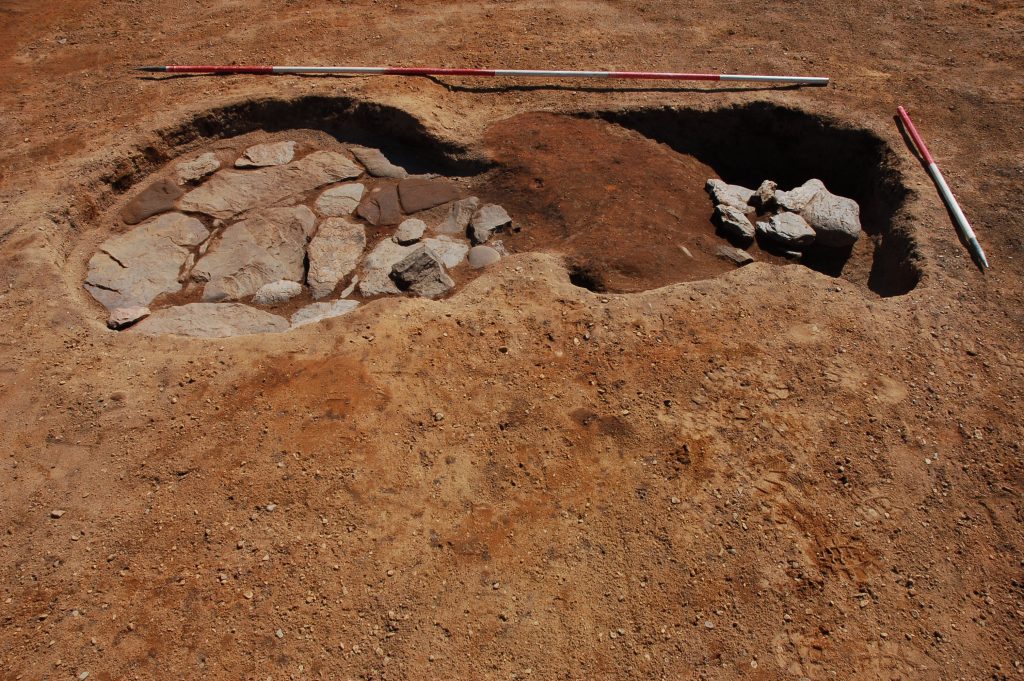
‘The Roman features comprised 26 large, often double, fire-pits that were distributed evenly in two parallel rows 30m apart,’ said Iraia Arabaolaza, who directed the excavation. ‘The arrangement and uniformity of these features implies an organised layout and the evidence suggests that they were all used for baking bread. The location of the oven was recognised by the scorching of the subsoil base, stone slabs and burnt clay fragments, some with wood imprints and with dome moulding. Ash pits were identified at the opposite end to the ovens within these figure-of-eight features, filled with burnt and charcoal-rich soil comprising the raked-out material from the clay-domed ovens.’
The radiocarbon dates from these fire-pits overlapped between the years AD 77-86 and AD 90, which accords with the conquest of Scotland by the Roman general Agricola from AD 79 until AD 83 and the subsequent Roman consolidation. Agricola’s son-in-law, Tacitus, who wrote an account of the yearly campaigns, reported that “in the fifth campaign, Agricola, crossing over, subdued, by frequent and successful engagements, several nations till then unknown; and stationed troops in that part of Britain which is opposite to Ireland.”
Until now, the only two known routes for the Roman invasion of southern Scotland were further to the east; the present-day M74 and A68 roads follow these same courses. But the new marching camp at Ayr reveals another route down the west coast towards the south-west tip of Scotland, from where Ireland is readily visible.
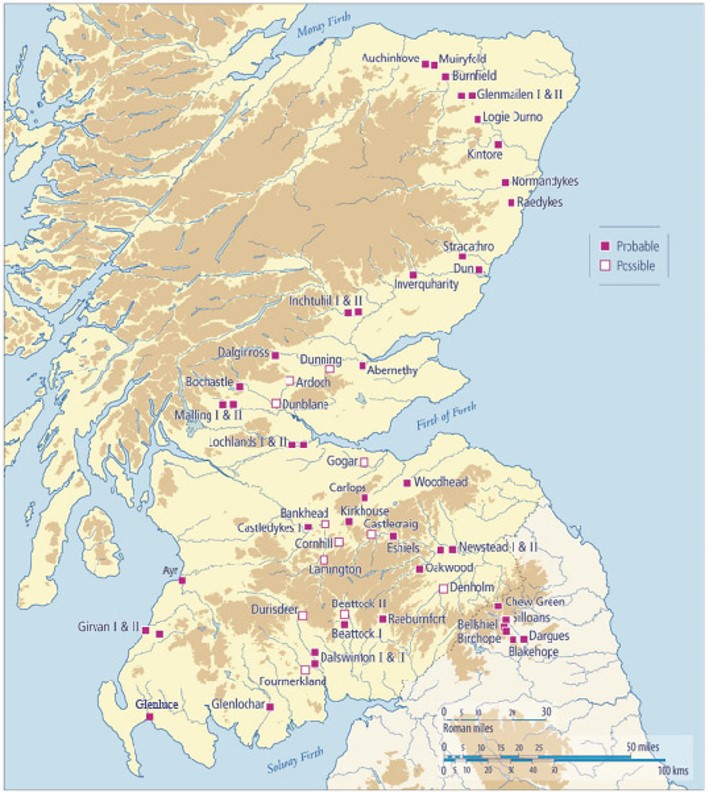
‘There was a ford across the river Ayr just below the Roman marching camp while ships may have been beached on the nearby shoreline’ said Iraia Arabaolaza. ‘The Ayr marching camp is 20 miles from the nearest Roman camp to the south at Girvan, which corresponds to a day’s march for a Roman soldier. There is a little more distance to other Roman camps to the north-east near Strathaven. Altogether this suggests that this site was chosen as a strategic location for the Roman conquest of Ayrshire.’
Roman marching camps have been described as the temporary
bases of a tented army on campaign. Whilst most Roman camps are usually
recognised by the regular linear ditches that enclose them, landscaping or
ploughing at the Ayr Academy site appears to have destroyed any such remains. The
camp at Ayr Academy, however, shares other similarities with Roman camps in
Scotland, which have also revealed similar formations of fire-pits or
camp-ovens. The distance of 30m between the two rows of fire-pits at Ayr
Academy accords closely to the length of area allocated to the ten tents of a
century in ancient Roman military manuals. The rectangular formation of
fire-pits at Ayr Academy may represent the ground where up to eight centuries,
amounting to 640 legionaries, were once encamped. It is also possible that the
archaeological remains only represent a portion of the camp, which may have
extended into the flat land to the north, where the modern racecourse is
situated.

The Romans, of course, were not the first people to occupy this site. While little trace of the local Iron Age people was recovered during the excavation, save a fragment of a shale bracelet which might date to this same period, the GUARD archaeologists uncovered numerous pits and post-holes that date to much earlier times.
Evidence for Bronze Age ritual activity from the late third and second millennium BC, a Neolithic settlement from the fourth millennium BC and a Mesolithic hunter/gatherer camp from the sixth millennium BC was also discovered, revealing this to be one of the earliest and most complex prehistoric sites in this area of the west coast of Scotland. To put this into perspective, the earliest occupation of the Ayr Academy site goes back to around 5200 BC, roughly 2½ times as old as the Roman Marching Camp is to us. As the excavation at Ayr Academy demonstrates, Scotland was not an untouched wild landscape that the Romans marched into in AD 79 but already an ancient land inhabited by communities whose culture and heritage stretched back millennia.
The archaeological work was funded by Kier Construction Ltd and was required as a condition of planning consent by South Ayrshire Council who are advised on archaeological matters by the West of Scotland Archaeology Service, who considered there to be a potential for hitherto unknown archaeology to be buried at the site due to the proximity of known prehistoric archaeology.
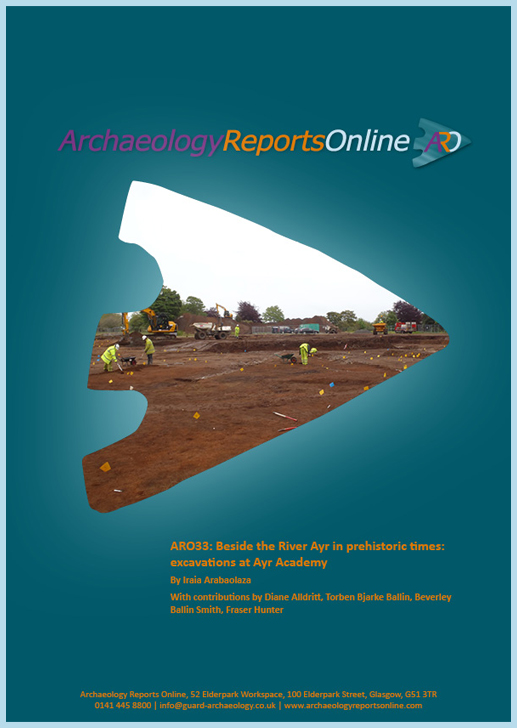
A Roman Marching Camp in Ayr by Iraia Arabaolaza is published in the Britannia Journal, while ARO33: Beside the River Ayr in prehistoric times: excavations at Ayr Academy by Iraia Arabaolaza is freely available to download from Archaeology Reports Online.

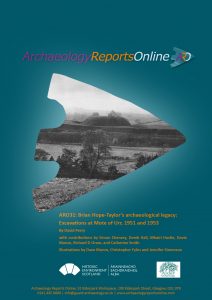
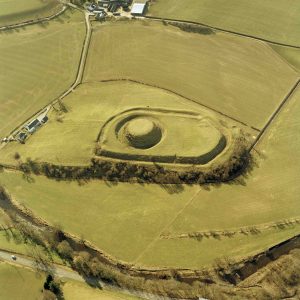
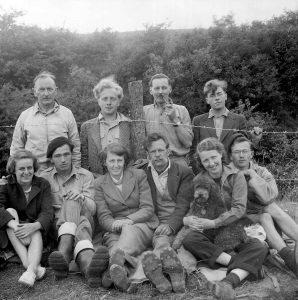
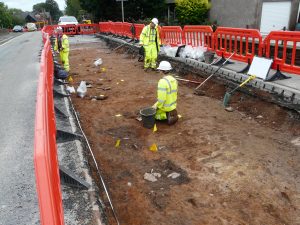
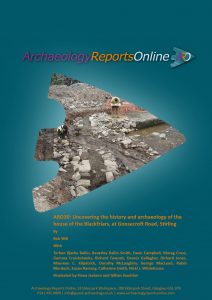
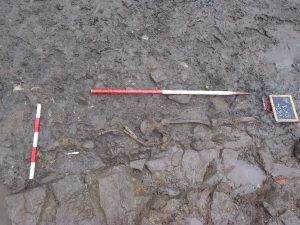
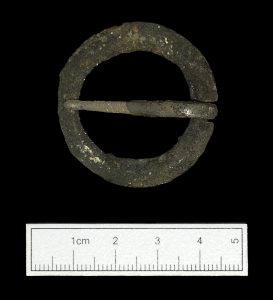

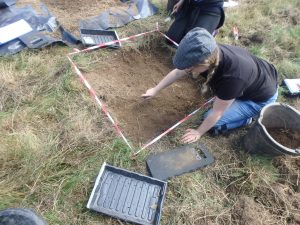
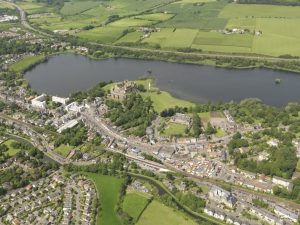

 Archaeological investigations coupled with historical research of Newcraighall on the south-east edge of Edinburgh reveal a complex story of land use changes from prehistory to the present day.
Archaeological investigations coupled with historical research of Newcraighall on the south-east edge of Edinburgh reveal a complex story of land use changes from prehistory to the present day. These included various sized coal pits or shafts, and the foundations of four colliery buildings, arranged around a now infilled mineshaft on the southern site. Elements of a designed landscape associated with Brunstane House included a ha-ha that traversed the northern site. The presence of several large culverts may also have connections with both landscape alterations and the coal-mining industry. Fragments of curved and linear ditches appear to be remnants of earlier field systems dating from the medieval and post-medieval periods and associated with extensive remnants of broad rig cultivation found across the two areas.
These included various sized coal pits or shafts, and the foundations of four colliery buildings, arranged around a now infilled mineshaft on the southern site. Elements of a designed landscape associated with Brunstane House included a ha-ha that traversed the northern site. The presence of several large culverts may also have connections with both landscape alterations and the coal-mining industry. Fragments of curved and linear ditches appear to be remnants of earlier field systems dating from the medieval and post-medieval periods and associated with extensive remnants of broad rig cultivation found across the two areas.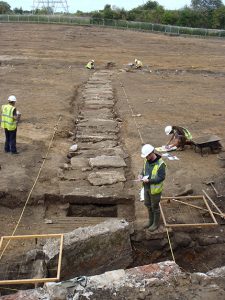 The historical research demonstrates the complexities of landownership with evidence of the development of coal mining and coal ownership and the social and economic realities of the times. Examination of papers relating to Brunstane House showed that they had direct bearing on the understanding and dating of the landscaping features and other groundworks, including changes to the estate boundaries and the runrig system. A labourer’s diary from the winter of 1735-6 was an especially interesting find from the point of view of what work was undertaken on the estate, by whom and for how much.
The historical research demonstrates the complexities of landownership with evidence of the development of coal mining and coal ownership and the social and economic realities of the times. Examination of papers relating to Brunstane House showed that they had direct bearing on the understanding and dating of the landscaping features and other groundworks, including changes to the estate boundaries and the runrig system. A labourer’s diary from the winter of 1735-6 was an especially interesting find from the point of view of what work was undertaken on the estate, by whom and for how much.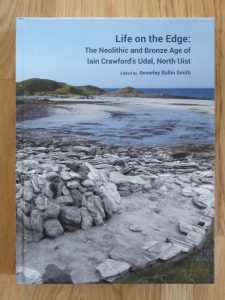 Newly published archaeological research from excavations undertaken at the Udal in North Uist reveals some of the hardships of life in Neolithic and early Bronze Age Scotland. Two burial cairns held the remains of individuals dating to the second millennium BC. Scientific analyses of these individuals demonstrate the dramatic effect that environmental stresses had on the community.
Newly published archaeological research from excavations undertaken at the Udal in North Uist reveals some of the hardships of life in Neolithic and early Bronze Age Scotland. Two burial cairns held the remains of individuals dating to the second millennium BC. Scientific analyses of these individuals demonstrate the dramatic effect that environmental stresses had on the community.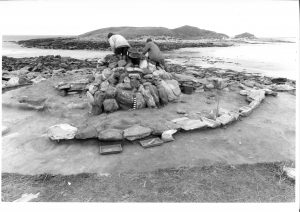 The accumulation of sand and the flooding episode separated the end of the late Neolithic settlement from the beginning of the early Bronze Age, around 2400 BC. Sometime after the creation of the beach, a burial cairn was built, under which a young man was laid to rest in stone cist. This large round mound of stone and turf was the largest man-made structure on the Udal peninsula. By erecting the cairn, the inhabitants that lived in the area claimed back the landscape as theirs. The monument was meant to be enduring and it lasted approximately 4000 years before coastal erosion threatened it, necessitating its excavation.
The accumulation of sand and the flooding episode separated the end of the late Neolithic settlement from the beginning of the early Bronze Age, around 2400 BC. Sometime after the creation of the beach, a burial cairn was built, under which a young man was laid to rest in stone cist. This large round mound of stone and turf was the largest man-made structure on the Udal peninsula. By erecting the cairn, the inhabitants that lived in the area claimed back the landscape as theirs. The monument was meant to be enduring and it lasted approximately 4000 years before coastal erosion threatened it, necessitating its excavation.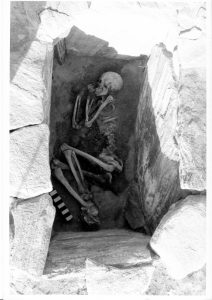 ‘Our Neolithic and Bronze Age ancestors lived through climate change events such as dramatic sea-level rise and increased storminess, and trauma such as loss of fields, crops and animals. They had to relocate their settlement and houses to safer areas,’ said Beverley. ‘How the inhabitants of the Udal survived during the Bronze Age will be part of the research on the next Udal site – the South mound.’
‘Our Neolithic and Bronze Age ancestors lived through climate change events such as dramatic sea-level rise and increased storminess, and trauma such as loss of fields, crops and animals. They had to relocate their settlement and houses to safer areas,’ said Beverley. ‘How the inhabitants of the Udal survived during the Bronze Age will be part of the research on the next Udal site – the South mound.’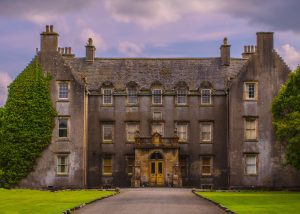
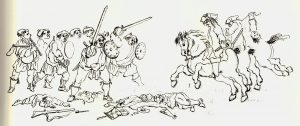
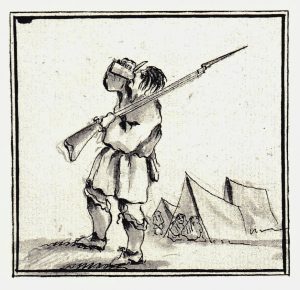

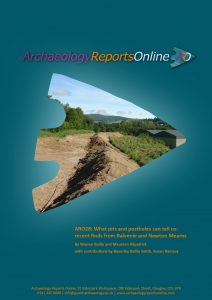 Recently published research from two sites at opposite ends of Scotland reveals new evidence for Bronze and Iron Age landscapes.
Recently published research from two sites at opposite ends of Scotland reveals new evidence for Bronze and Iron Age landscapes.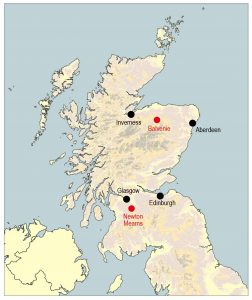
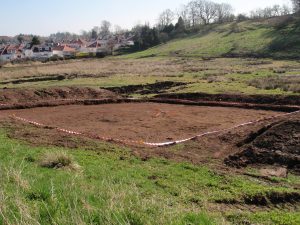
 Recently published research by Bob Will of GUARD Archaeology reveals the discovery of the complex history of settlement at a place in the Lothians of Scotland, from the Neolithic through the Bronze Age and Iron Age into the early medieval period.
Recently published research by Bob Will of GUARD Archaeology reveals the discovery of the complex history of settlement at a place in the Lothians of Scotland, from the Neolithic through the Bronze Age and Iron Age into the early medieval period.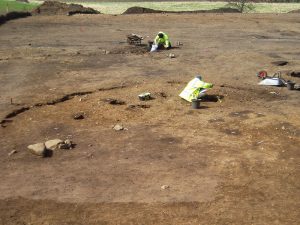
 Two truncated roundhouses near the north end of the site were dated to the Iron Age. An associated fragment of a miniature quern was recovered; these tend to be found in the east of Scotland during the Iron Age. The final phase of activity on-site comprised the remains of two corn-drying kilns, dated to between the sixth and eighth centuries AD, that survived as oval pits containing considerable quantities of burnt and charred cereal grains. Associated with the better-preserved kiln was a rim sherd of coarse pottery and two fragments from a rough quern.
Two truncated roundhouses near the north end of the site were dated to the Iron Age. An associated fragment of a miniature quern was recovered; these tend to be found in the east of Scotland during the Iron Age. The final phase of activity on-site comprised the remains of two corn-drying kilns, dated to between the sixth and eighth centuries AD, that survived as oval pits containing considerable quantities of burnt and charred cereal grains. Associated with the better-preserved kiln was a rim sherd of coarse pottery and two fragments from a rough quern. While the archaeological investigations provided evidence for occupation of this place over a long period of time, it was surprising that little evidence for settlement from the Roman occupation of southern Scotland was encountered, considering the presence nearby of a Roman fort, milestone and temporary camps. The archaeological remains from the excavation nevertheless provide a palimpsest of prehistoric and early medieval occupation and support similar occupation and settlement evidence from the wider region. The early medieval date for the corn-drying kilns provides direct evidence for settlement and agriculture, as well as a domestic setting for the long-cist cemetery at Catstane to the north. Together with another nearby long-cist cemetery to the south and contemporary field boundaries near Gogar Church, the results are combining to gradually fill out a picture of sustained settlement and agriculture in this area of the Lothians during the early medieval period.
While the archaeological investigations provided evidence for occupation of this place over a long period of time, it was surprising that little evidence for settlement from the Roman occupation of southern Scotland was encountered, considering the presence nearby of a Roman fort, milestone and temporary camps. The archaeological remains from the excavation nevertheless provide a palimpsest of prehistoric and early medieval occupation and support similar occupation and settlement evidence from the wider region. The early medieval date for the corn-drying kilns provides direct evidence for settlement and agriculture, as well as a domestic setting for the long-cist cemetery at Catstane to the north. Together with another nearby long-cist cemetery to the south and contemporary field boundaries near Gogar Church, the results are combining to gradually fill out a picture of sustained settlement and agriculture in this area of the Lothians during the early medieval period.